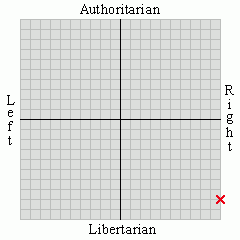Just as there is a certain dance two people go through when they fall in love, there is a certain dismal pattern to the way two people fall out of love.
First, one of the two loses the love. Let’s say the person falling out of love is the man (in a heterosexual relationship), although it could just as easily be the woman.
At the first weakening of love, the man lies to himself, because people resist change. The man has fallen out of love and is coasting in the relationship. The path of least resistance: the relationship drifts along. But the will to live and pursue values eventually brings change -- usually in the form of someone else to love -- even though the man has not consciously admitted to himself that something has changed. The new object of desire makes it clear to the man that the old love is over.
What the man does then depends on his honesty. He might pursue an affair with the new love behind the old love’s back or he might tell the old love the truth. Usually, there is a period of uncertainty in which the man distances himself emotionally from the old love, but doesn’t admit explicitly that he’s interested in someone else.
At this point the old love lies to herself, because people resist change. When the man finally communicates honestly to the old love, the latter is devastated -- because of the loss of love, yes, but also because she can no longer lie to herself and she is not yet ready for change.
Fear of change. It’s one of the great obstacles to psychological health. People should give their subconscious a standing order to fear something else -- ruts. Fear of ruts! Fear of drift! Fear of passivity! These are good fears. Carpe diem.
Subscribe to:
Post Comments (Atom)




No comments:
Post a Comment